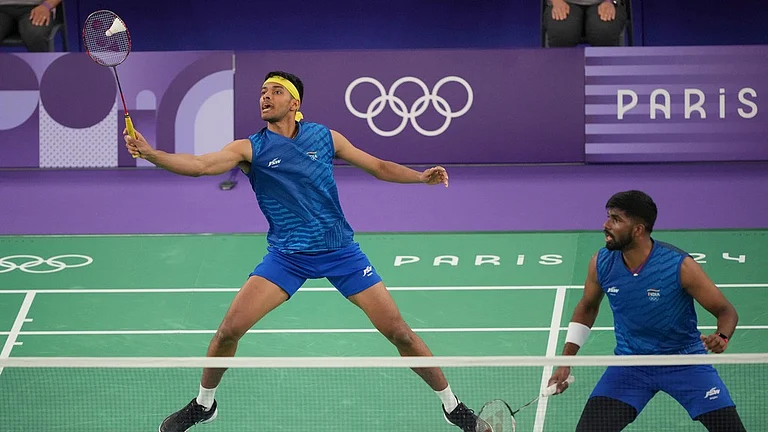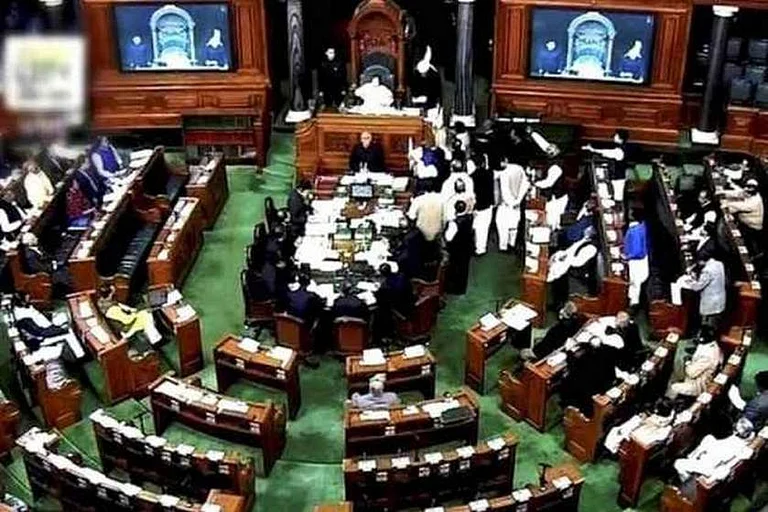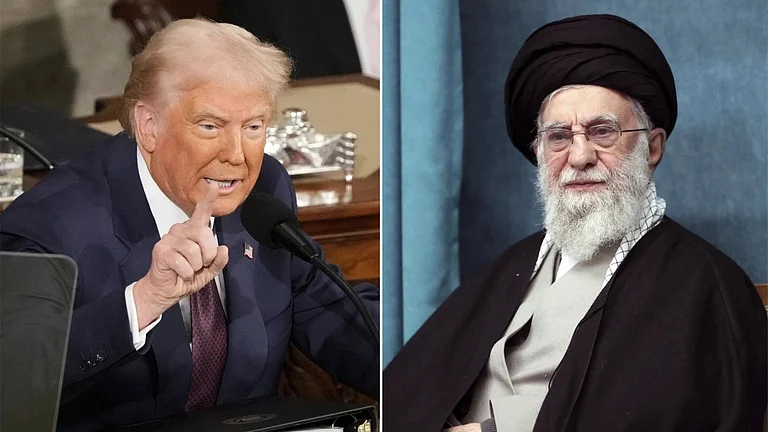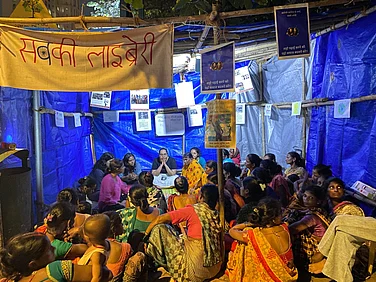I often wonder what Khirad and Ashar are up to these days. Hope they are still in absolute love with each other and their daughter Harlem. This has been the condition of most of us ever since the time Pakistani Dramas were aired on Indian television. To say that Humsafar and Zindagi gulzar hai created a renewed interest in television among us would not be an exaggeration. Khirad, Ashar, Zaroon and Kashaf had become household names for all of us. The first thing I used to do after coming back from the office in 2013 was to switch on my television set and catch up on the remaining episodes of these two favourites. While I was truly mesmerized by the beauty of the Pakistani artists, I could not help appreciating the script and story of these dramas. For the first time in my life, I was actually watching Pakistani houses, streets, food, clothes and their culture. While Fawad khan, Mahira Khan and Sanam Saeed became as famous as our Hindi film heroes here, their kurtas and salwars were not too far behind. The tailors were given special instructions to stitch the kurtas and palazzo similar to the ones worn by the Pakistani artists. The “tameez” and “tehzeeb” were so similar to the ones we experience here.
While growing up in Patna, I often used to hear my aunts and some of my very close friends talk about Pakistani serials. Those days only a few places like Punjab and Himachal could watch these serials as they could fix their television set antenna manually towards the border to watch PTV channel. In fact, they were mesmerized by Marina Khan and Shahnaz Sheikh and every household back then wanted their daughters or girlfriends to be their replicas. While some of my friends in a convent who had VCRs at home often talked about Tanhaiyan, Ankahee and Bakra kishton pe hai dramas, my aunts too were totally in love with these. They had got their hair cut short just to look alike, Marina Khan. I would like to mention the name of Haseena Moin here, who had written most of the classic cults including Dhoop Kinare. She was born in Kanpur and moved to Pakistan after the partition. No wonder her stories and dialogues took us to the lanes and by lanes of Kanpur and Lucknow.
While Nazia Hassan was already a rage in India along with Biddu in the 80s with Aap jaisa koi and Disco Deewane, my uncle used to have some musical instruments at home just to play her songs. It’s quite interesting to mention here that to date many still feel that Nazia Hassan was an Indian.
Since I am a 90s kid, I have to take the name of Ali Hyder. His song “purani jeans" was so popular that it had to be a part of every school, college and university farewell. It brought tears, nostalgia and love at the same time. Till now, this beautiful number reminds me of my college and the fun.
The one factor that separates Pakistani dramas from Indian soaps and serials is the relatability of the characters. While the character of Kashaf played by Sanam Saeed in Zindagi gulzar hai is any other girl from a middle-class family who has suffered a lot in her growing years but wants to become financially independent as soon as possible to look after her mother and siblings. Or Sanam Baloch's character in Mehreen Jabbar's drama Daam where she was left and hurt by her own best friend played by Amina Sheikh. These characters are not only identifiable but so much a part of our daily lives. These characters lived in simple houses, ate like us and did very little or no makeup at all.
We had such kinds of serials and teleplays like Pachpan Khambe Lal Diware, Kashish, Trishna, Phir wahi talash and so on in the 90s while we were growing up.
Though channels were banned across both sides of the border, the love for the dramas only increased in recent years. Thanks to YouTube and OTT platforms, dramas could be watched very conveniently in India. A few days ago the dramas have come back again on our television screens and we can’t stop being happy about the same. Just as Indian movies and songs are popular across the border, we are absolutely in love with Pakistani dramas. And yes, culture and art have no boundaries. So, as I rewatch Kashaf arguing with her father or Zarun trying to impress Kashaf, I only wish this goes on forever without having to ever leave us and our television sets.
(An ex-banker, Kaveri Mishra works as a rural development professional.)


























